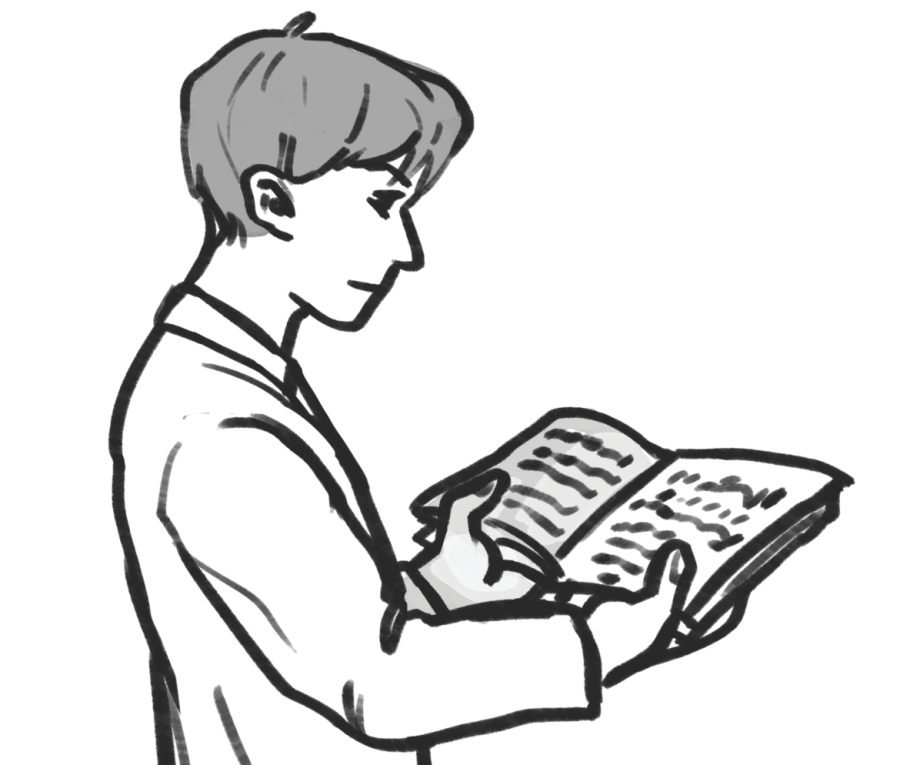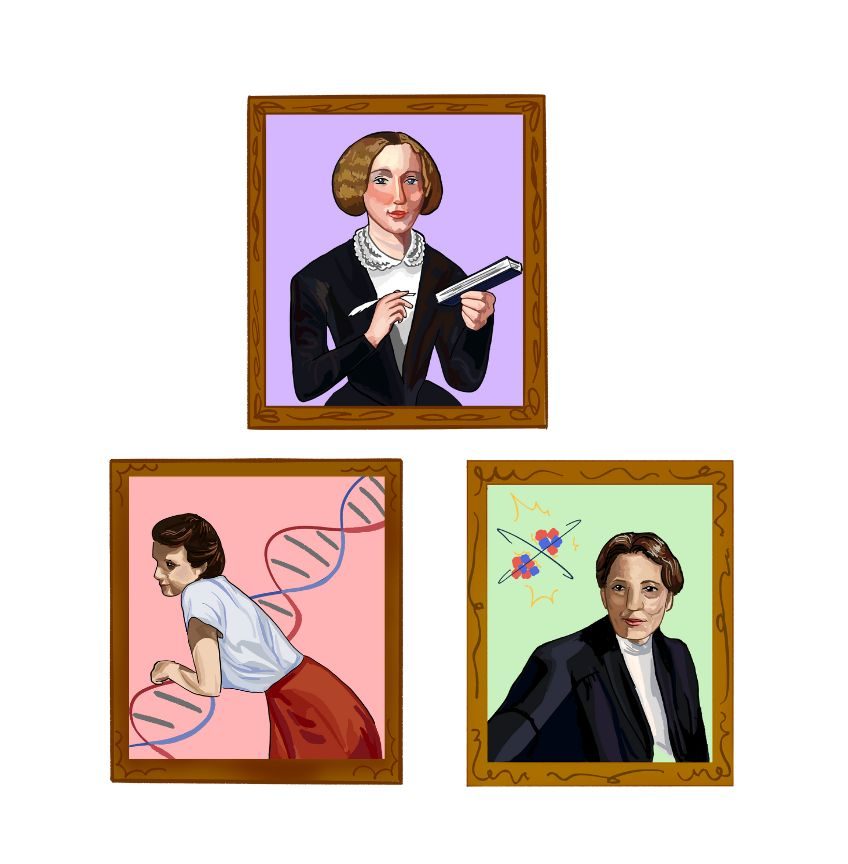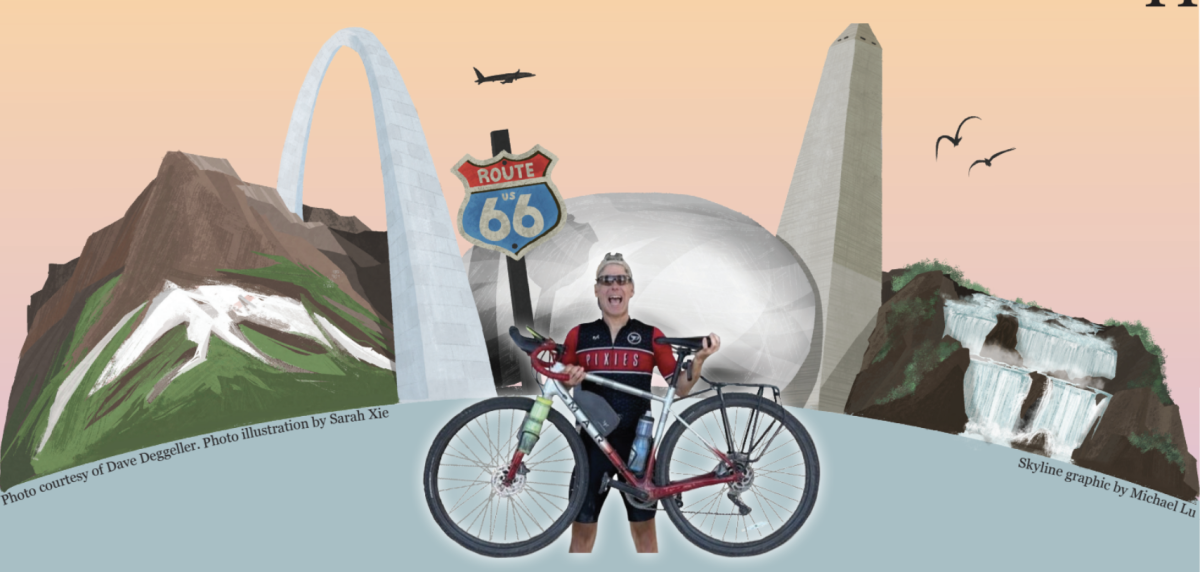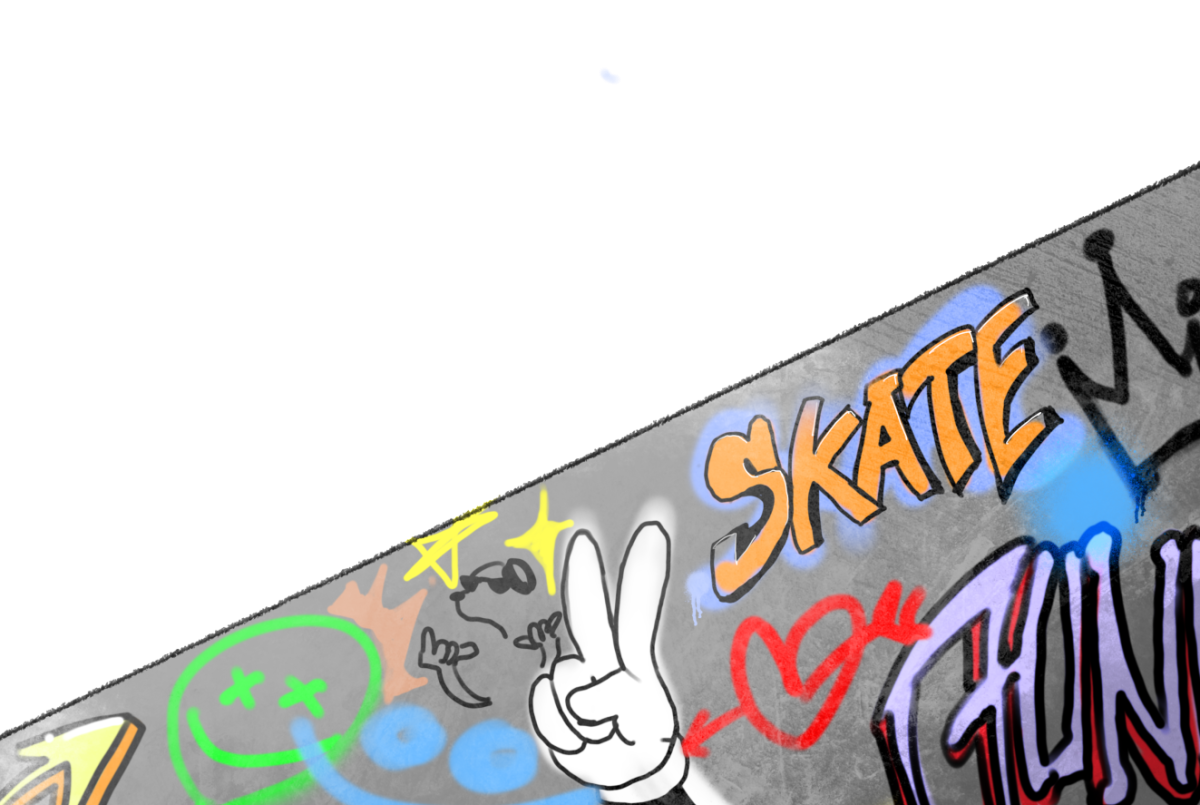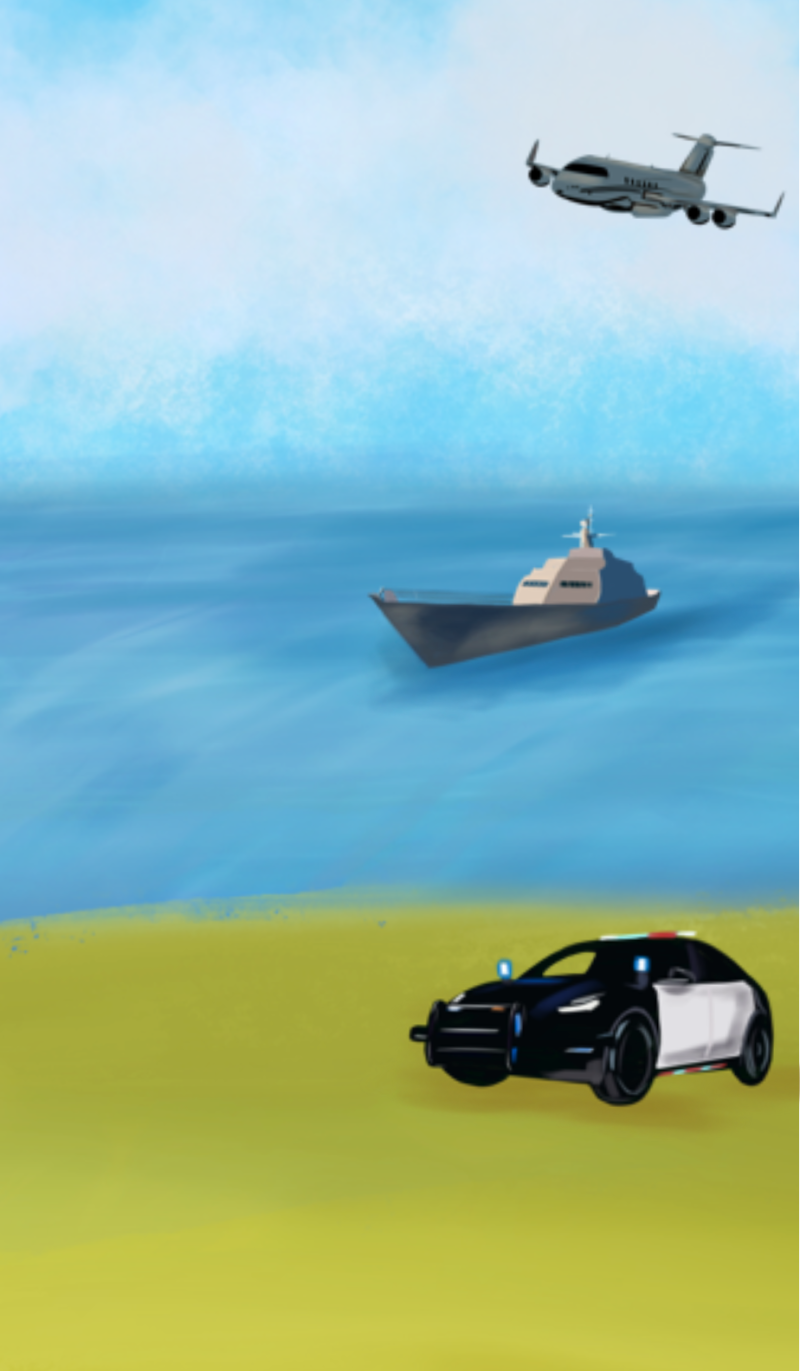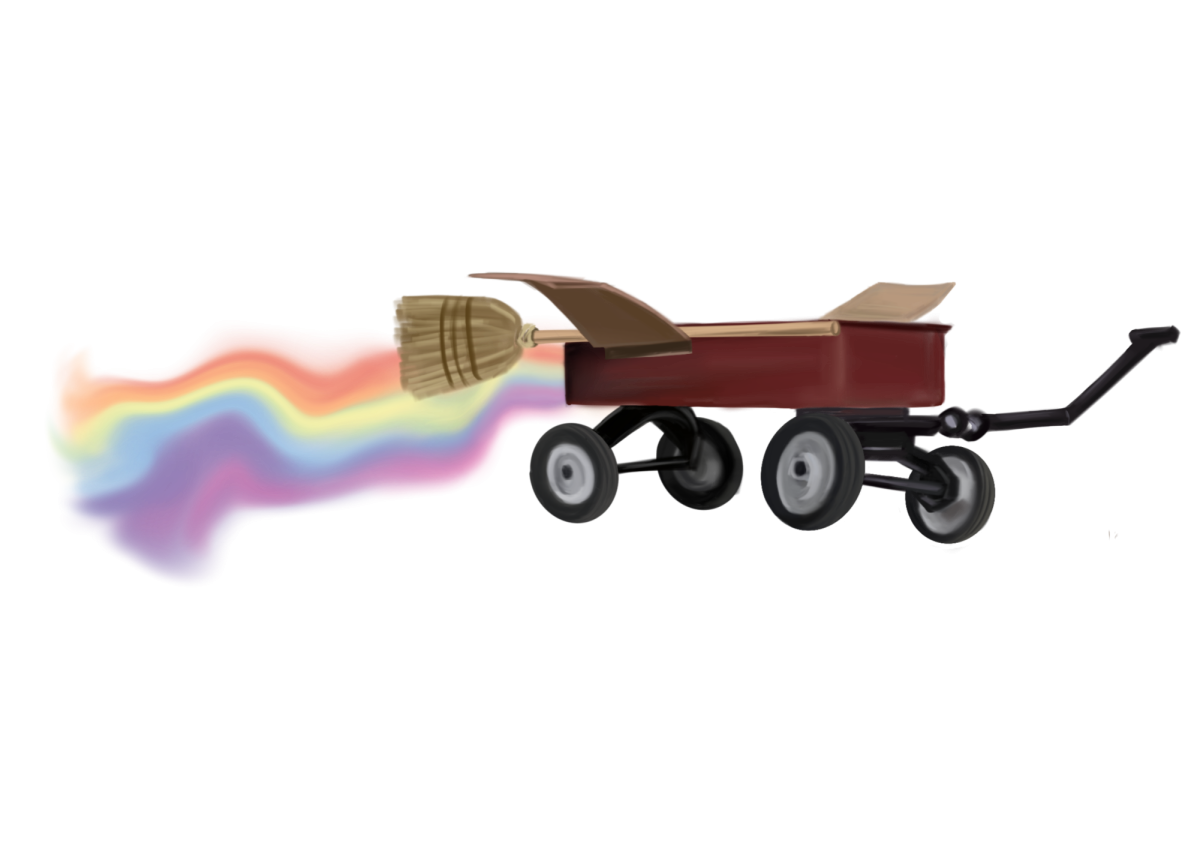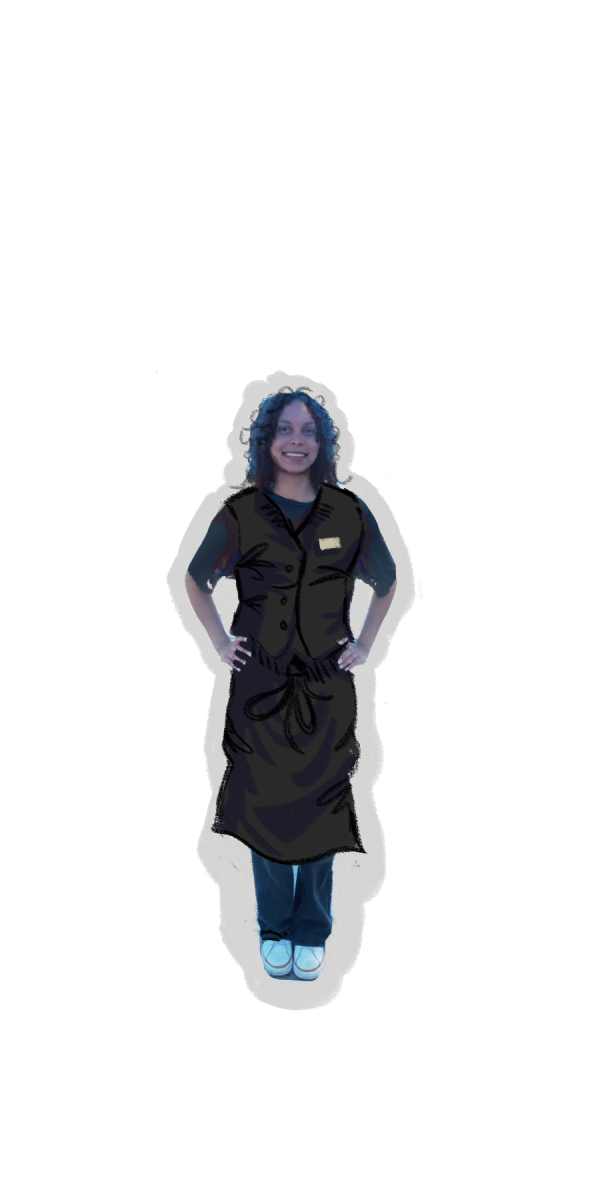Written by Jenna Marvet
16 new courses were approved by the Palo Alto Unified School District Board of Education on Jan. 24. Eight of these courses will be available at Gunn: Advanced Authentic Research (AAR) Advanced Placement (AP) Seminar, AAR AP Capstone Research, AP Computer Science Principles, Chinese Civilization and Culture, Multimedia Journalism, The Art of Visual Storytelling, Topics in Applied Mathematics and Yoga and Mindfulness.
AAR AP Seminar
The Advanced Authentic Research (AAR) Advanced Placement (AP) Seminar is a brand new course on campus under the AAR Program umbrella. Students will be introduced to synthesizing various texts to create informed opinions. “Ultimately, the course aims to equip students with the power to analyze and evaluate information with accuracy and precision in order to craft and communicate evidence-based arguments,” AAR Coordinator Dr. Jeong Choe said.
The course focuses on engaging students in cross-curricular conversations, that combine academic and real-world topics. Students will practice reading and analyzing articles, research studies, and various types of texts in addition to other media.
Individual as well as team write-ups will act as assessments during the course, contributing to an AP score that is not only focused on the final AP exam at the end of the year. “Students who like to collaborate and appreciate processes would enjoy this class,” Choe said.
AAR AP Capstone Research
After taking AAR AP Seminar, interested students will have the opportunity to take AAR AP Capstone Research. The course focuses on developing a research project and connecting students with community mentors from various fields “AP Research is not tied to a specific content area. Rather, it emphasizes, and strives for competency in, core academic skills,” Choe said.
This year-long course will be offered in the 2018-19 school year, since AAR AP Seminar is a new course and the required prerequisite for AAR AP Capstone Research.
Instead of an AP exam, students will write a 4,000-5,000 word research paper, in addition to a presentation defending the research design, approach, and findings to a panel. “Students who wants to conduct an in-depth investigation will enjoy this course,” Choe said.
The Art of Visual Storytelling
English Teacher Terence Kitada had his course, The Art of Visual Storytelling, approved on Tuesday. The elective course will focus on graphic novels and comic books, both passions of Kitada’s. “When I heard about the elective system at Gunn I was really excited to start a course that included some of my interests and introduced a new side of literature that has not really been explored in an elective course on the high school level yet,” Kitada said.
Students enrolled in Kitada’s course will begin the semester learning about how to understand comics. They will read narrative graphic novels American Born Chinese and Friends With Boys, in addition to Manga and superhero comics. To better grasp the storytelling potential of graphic novels, they will compare MAUS and Eli Weisel’s Night in their portrayals of the Holocaust.
Kitada believes this course will interest not only students interested in comics, but also artistic students. “I would encourage any creative students that think outside of the box to take the class, because graphic novels are an unusual and special type of literature,” Kitada said.
Multimedia Journalism
Media teacher Edward Corpuz updated his current multimedia course to Multimedia Journalism, which he says better reflects what journalistic media is today. This project based Career Technical Education yearlong course will allow students to produce various types of journalistic media. “Some students choose to not write a full article, but they can tell the story visually with a video. Others may not want to be seen, so they may prefer to podcast,” Corpuz said.
Students enrolled in Multimedia Journalism will be able to record podcasts, videos and create photojournalism projects. The class will put out its own publication, complementing and collaborating with Titan Broadcast Network and the Oracle.
The update moves the course away from simply technical knowledge to showcasing the community. “The goal is to turn this into a course that is more about telling stories, rather than just the technical aspect of multimedia,” Corpuz said.
Topics in Applied Mathematics
Math teacher Chris Redfield has been working on his newly approved course, Topics in Applied Mathematics, for two years and thinking about it for longer. “I had been thinking about it ever since I started teaching,” Redfield said. “One of the reasons I got into teaching was because in my professional career in industry I used high school math to solve a bunch of really interesting problems, and I wanted to bring those types of problems to a course here.”
The class will cover a variety of core units, each one heavily project based. Problems will cover business, manufacturing, sports analytics, personal finance and more. The course is intended for juniors and seniors and is accessible to anyone who has finished an Algebra 2 course.
Redfield recommends the course for a broad range of students. While he says students who already love math will enjoy the course, he thinks those who may not love math now, but enjoy projects, working independently and problem solving will too. “I was a math skeptic in high school, but once I started using math to solve real problems and got these neat solutions that were not obvious at the start, that is when I started loving math,” Redfield said.
Check back on Feb. 8 to read about additional new courses AP Computer Science Principles, Chinese Civilization and Culture and Yoga and Mindfulness.



